Sustainable Living: Small Changes for a Healthier Planet
Have you ever thought about how your everyday choices might be affecting our planet? It’s easy to feel overwhelmed when we hear about climate change and environmental issues, but the truth is, each of us has the power to make a difference. By making small changes in our daily lives, we can work together to create a healthier planet for ourselves and future generations. Let’s explore some simple ways we can live more sustainably and make a positive impact on the world around us.

Reduce, reuse, recycle
You’ve probably heard this phrase before, but it’s worth repeating because it’s so important. Reducing the amount of stuff we buy and use is the first step in living more sustainably. When we do need to buy things, we can try to choose products that can be reused or recycled. For example, instead of using disposable water bottles, we can invest in a reusable one that we can fill up at home or at water fountains. When it comes to recycling, make sure you know what can and can’t be recycled in your area. It might take a little extra effort to sort your trash, but it’s totally worth it to keep useful materials out of landfills.

Save energy at home
Saving energy isn’t just good for the planet – it’s also good for your family’s wallet! There are lots of easy ways to reduce energy use at home. Start by turning off lights and electronics when you’re not using them. You can also switch to energy-efficient LED light bulbs, which last longer and use less electricity. In the winter, try lowering your thermostat a degree or two and wearing warmer clothes instead. In the summer, use fans and open windows to cool your home before turning on the air conditioning. These small changes can add up to big savings on your energy bill and help reduce greenhouse gas emissions.

Conserve water
Water is a precious resource, and we need to do our part to conserve it. One easy way to save water is to take shorter showers. You can also turn off the faucet while brushing your teeth or washing dishes. If you have a yard, consider planting native species that don’t require much watering. You can also collect rainwater in barrels to use for watering plants or washing your car. By using water wisely, we can help protect this vital resource for future generations.

Choose sustainable transportation
The way we get around can have a big impact on the environment. Whenever possible, try to walk, bike, or use public transportation instead of riding in a car. Not only is this better for the planet, but it’s also great exercise! If you do need to use a car, consider carpooling with friends or family members to reduce the number of vehicles on the road. When your family is shopping for a new car, look into hybrid or electric options that are more fuel-efficient and produce fewer emissions.

Eat more plant-based meals
Did you know that what we eat can affect the environment? Producing meat, especially beef, requires a lot of land, water, and energy. By eating more plant-based meals, we can reduce our carbon footprint and help conserve resources. Try having one or two meatless meals each week. You might be surprised at how delicious vegetarian dishes can be! When you do eat meat, choose options that have a lower environmental impact, like chicken or fish. And don’t forget to eat lots of fruits and vegetables – they’re good for you and the planet!

Buy local and seasonal food
Speaking of food, another way to eat more sustainably is to buy local and seasonal produce. Food that’s grown nearby doesn’t have to travel as far to reach your plate, which means fewer greenhouse gas emissions from transportation. Seasonal fruits and vegetables are often fresher and tastier, too. Check out your local farmers’ market or look for locally grown options at your grocery store. You’ll be supporting local farmers and reducing your environmental impact at the same time.

Reduce food waste
Did you know that about one-third of all food produced in the world goes to waste? That’s a lot of wasted resources and unnecessary pollution. We can all do our part to reduce food waste by planning our meals, storing food properly, and using up leftovers. Before you go grocery shopping, make a list of what you need so you don’t buy too much. If you have extra food that you won’t be able to eat before it goes bad, consider donating it to a local food bank or composting it if possible.

Choose eco-friendly products
When you’re shopping for things like cleaning supplies, personal care items, or school supplies, look for eco-friendly options. These products are often made with natural ingredients and packaged in recyclable materials. They’re better for the environment and often better for your health, too. You can also try making your own cleaning products using simple ingredients like vinegar and baking soda. Not only is this more sustainable, but it can also save you money!

Reduce plastic use
Plastic pollution is a huge problem for our oceans and wildlife. We can all do our part to reduce plastic waste by using reusable bags, water bottles, and food containers. When you go shopping, bring your own cloth bags instead of using plastic ones. If you buy something in plastic packaging, try to find ways to reuse or recycle it. And remember to say no to single-use plastics like straws and cutlery whenever possible. Every piece of plastic we keep out of the environment makes a difference!

Start a garden
Growing your own food is a fun and rewarding way to live more sustainably. Even if you don’t have a big yard, you can start small with a few herbs in pots on your windowsill or balcony. Not only will you have fresh, organic produce right at your fingertips, but you’ll also reduce the need for packaged and transported food. Gardening is also a great way to connect with nature and learn about where our food comes from. Plus, there’s nothing quite like the taste of a tomato you’ve grown yourself!

Upcycle and repurpose
Before you throw something away, think about whether it could be used for something else. This is called upcycling, and it’s a great way to reduce waste and get creative. Old jars can become storage containers or candle holders. Worn-out clothes can be turned into cleaning rags or sewn into new items. You can even turn cardboard boxes into fun craft projects. By giving old items new life, we can reduce the amount of stuff that ends up in landfills and save resources that would be used to make new products.

Spread the word
One of the most powerful things you can do for the environment is to share what you’ve learned with others. Talk to your friends and family about why sustainable living is important and share tips on how they can make small changes in their own lives. You could start an environmental club at school or organize a community clean-up day. Remember, every person who starts living more sustainably helps create a bigger positive impact on our planet.

Living sustainably doesn’t mean we have to completely change our lives overnight. It’s about making small, conscious choices every day that add up to a big difference over time. By adopting these habits and encouraging others to do the same, we can work together to create a healthier, more sustainable world for everyone.

As we face the challenges of climate change and environmental degradation, it’s easy to feel overwhelmed. But remember, every action counts, no matter how small it may seem. By making these sustainable choices part of our daily routines, we’re not just helping the planet – we’re also creating a better future for ourselves and generations to come. So let’s start today, one small change at a time, and watch how our collective efforts can transform the world around us.


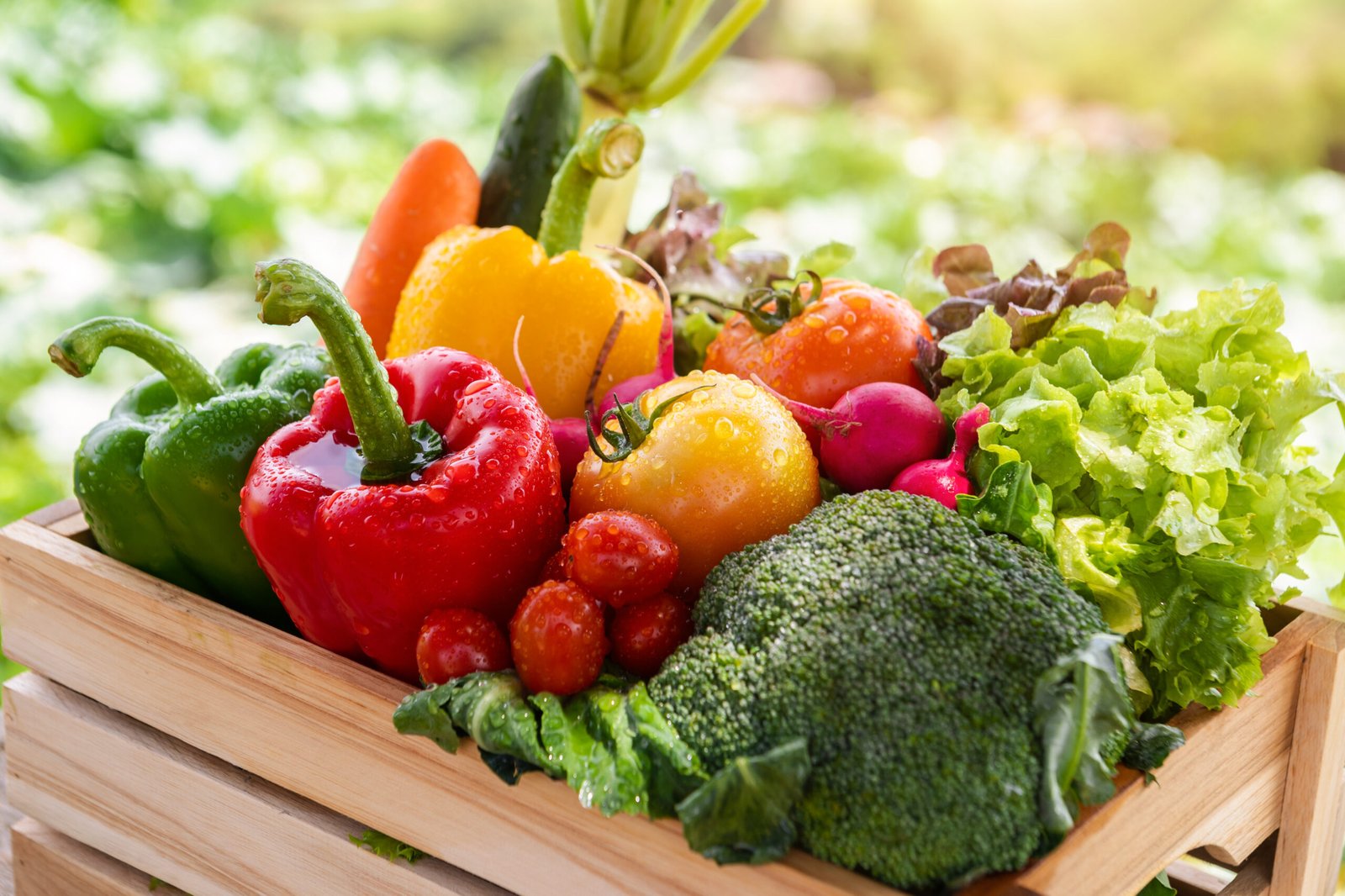
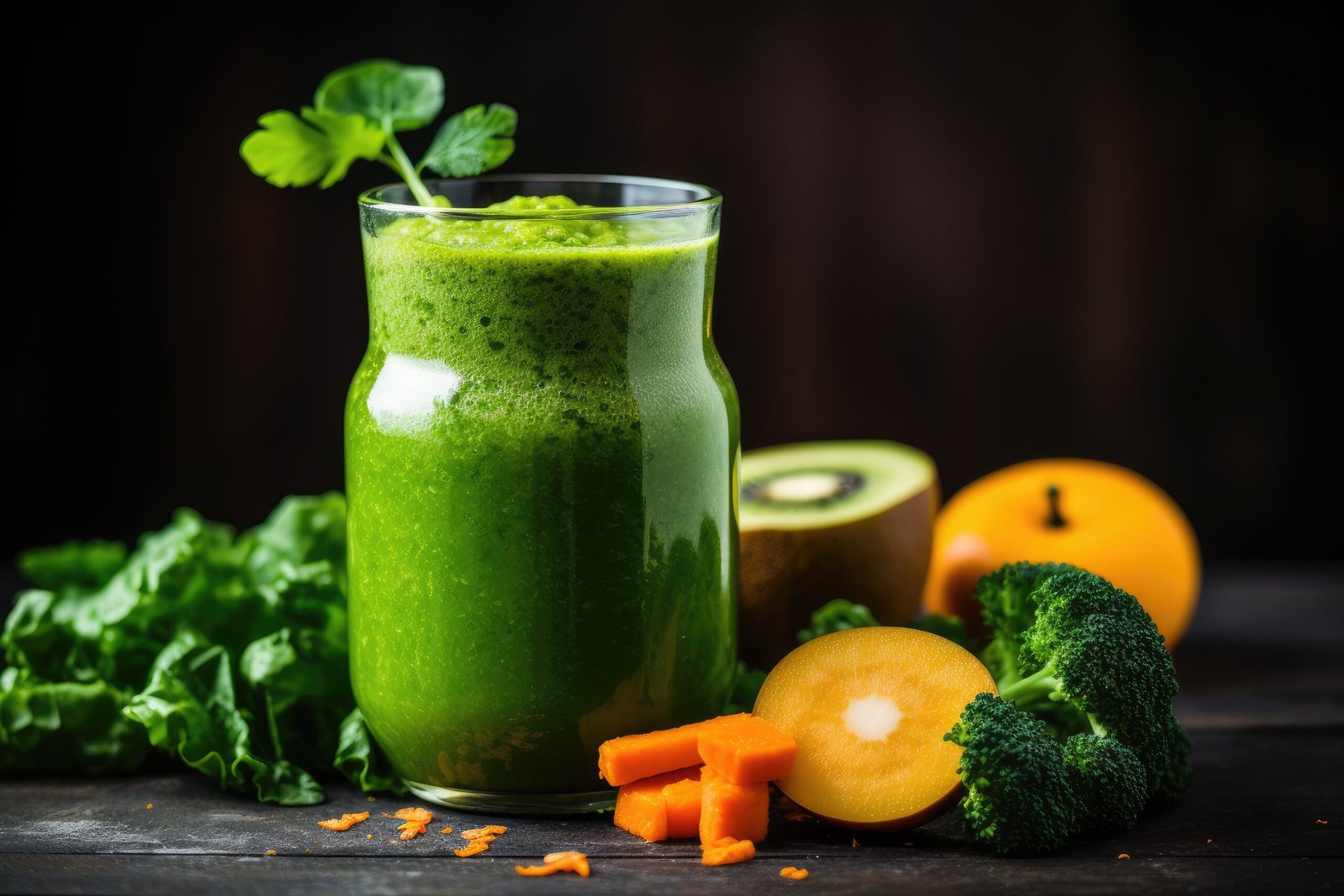

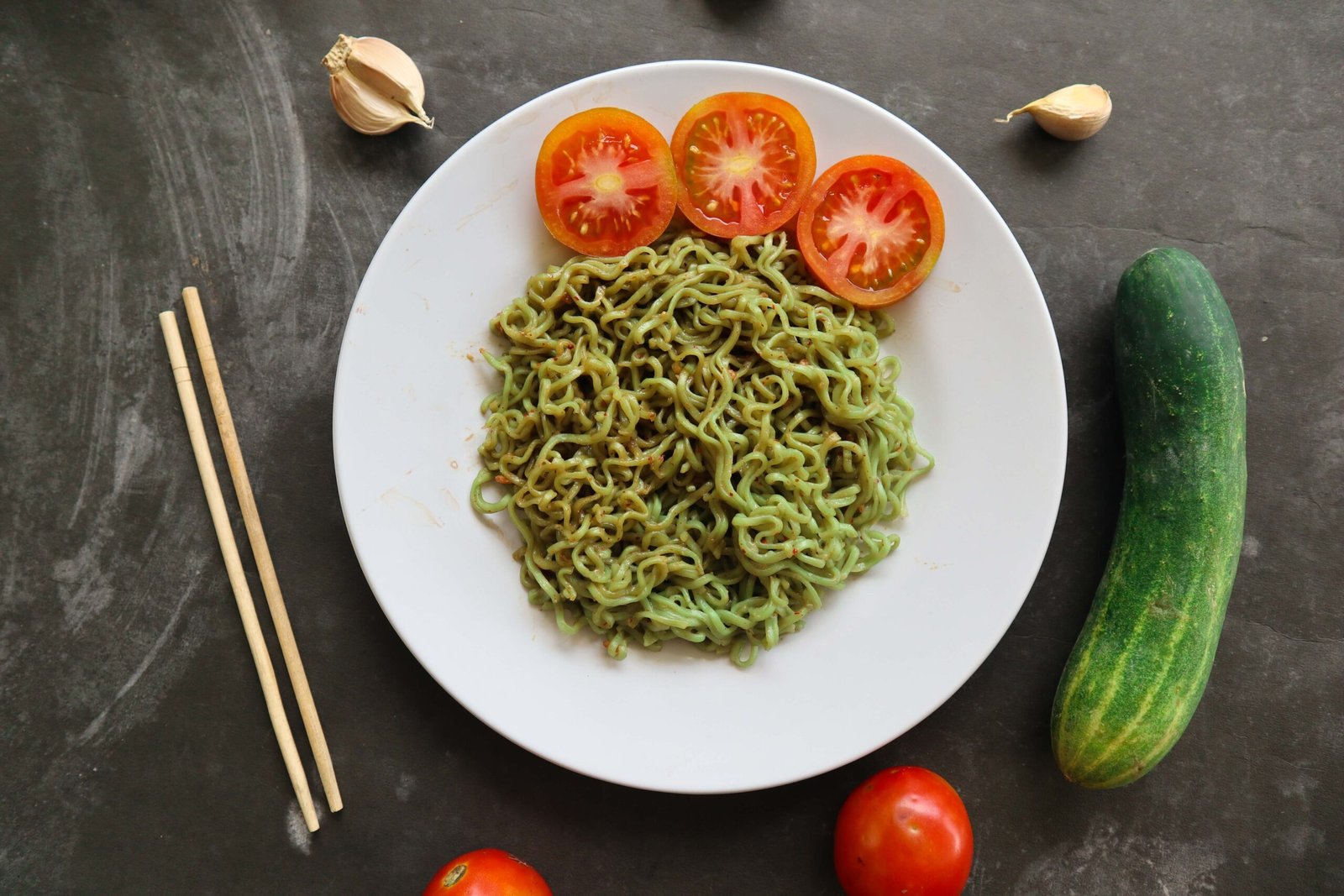


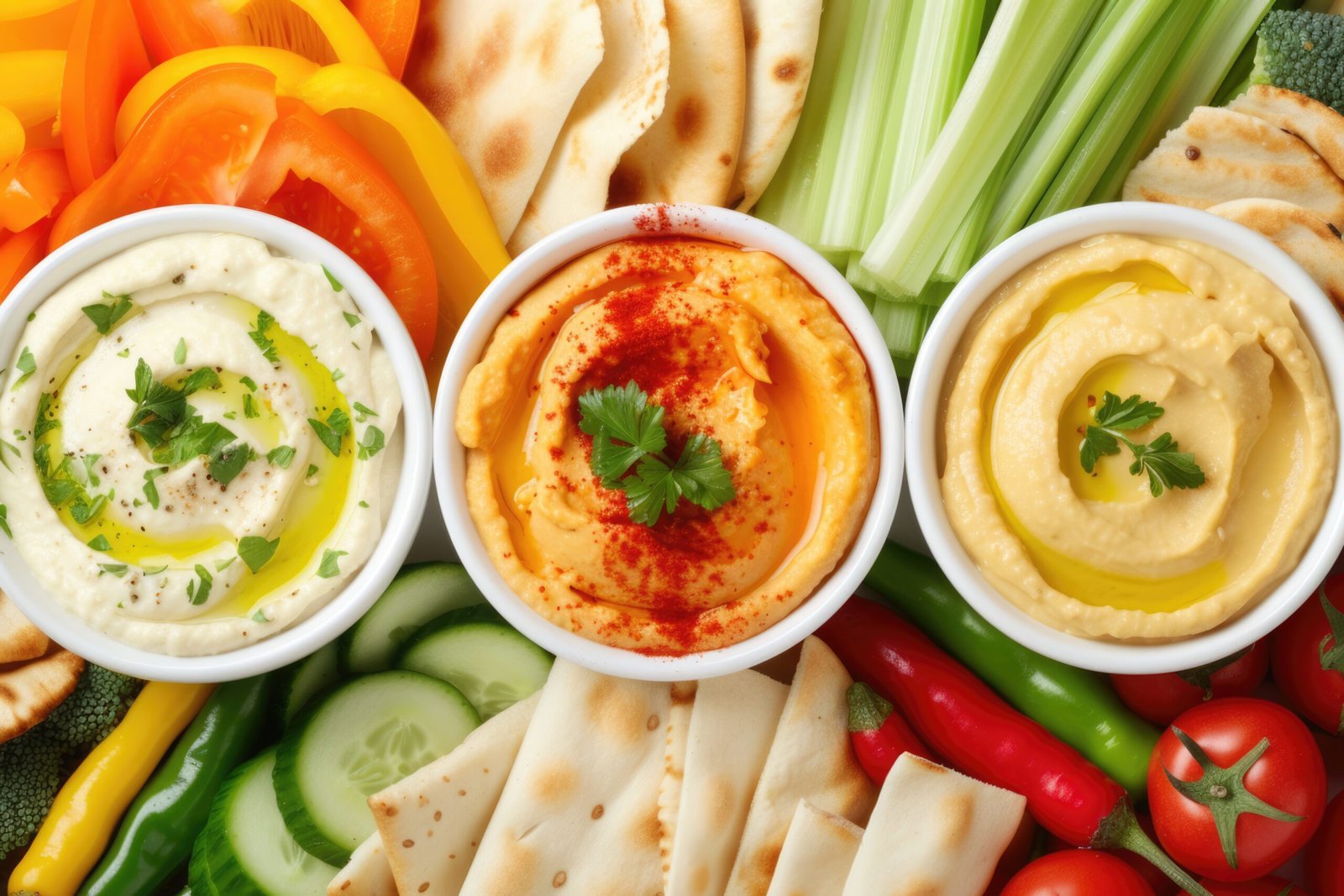
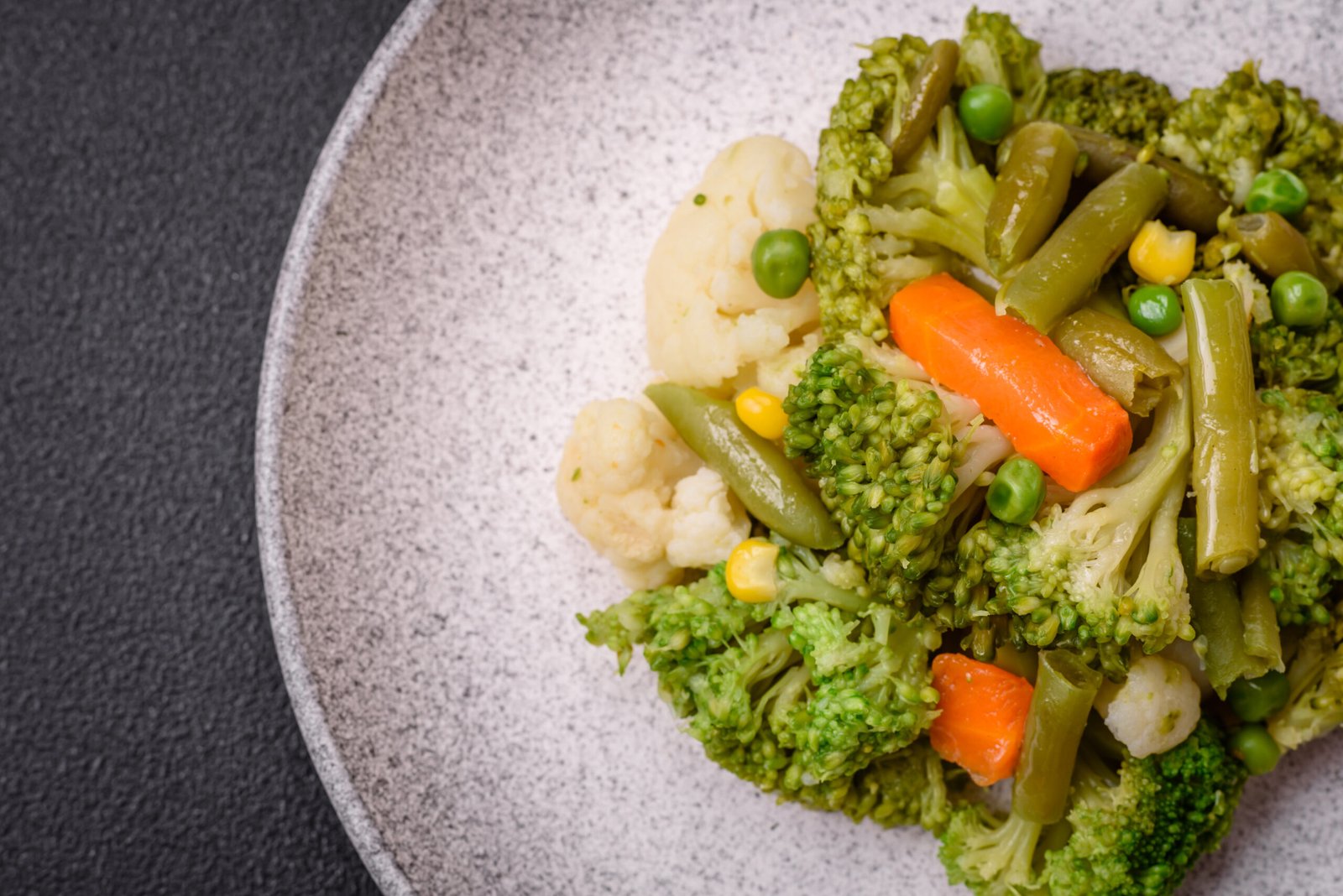
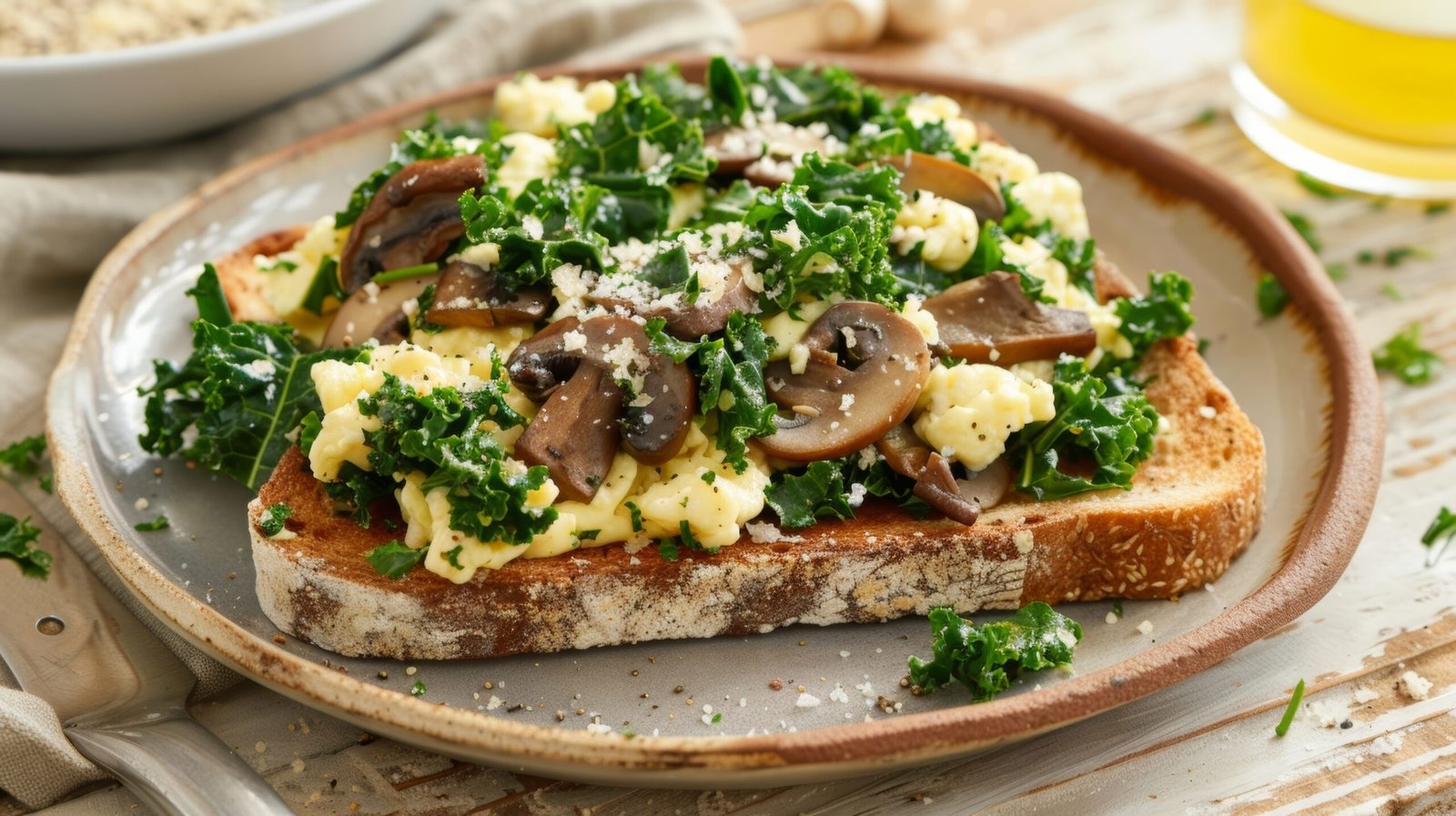
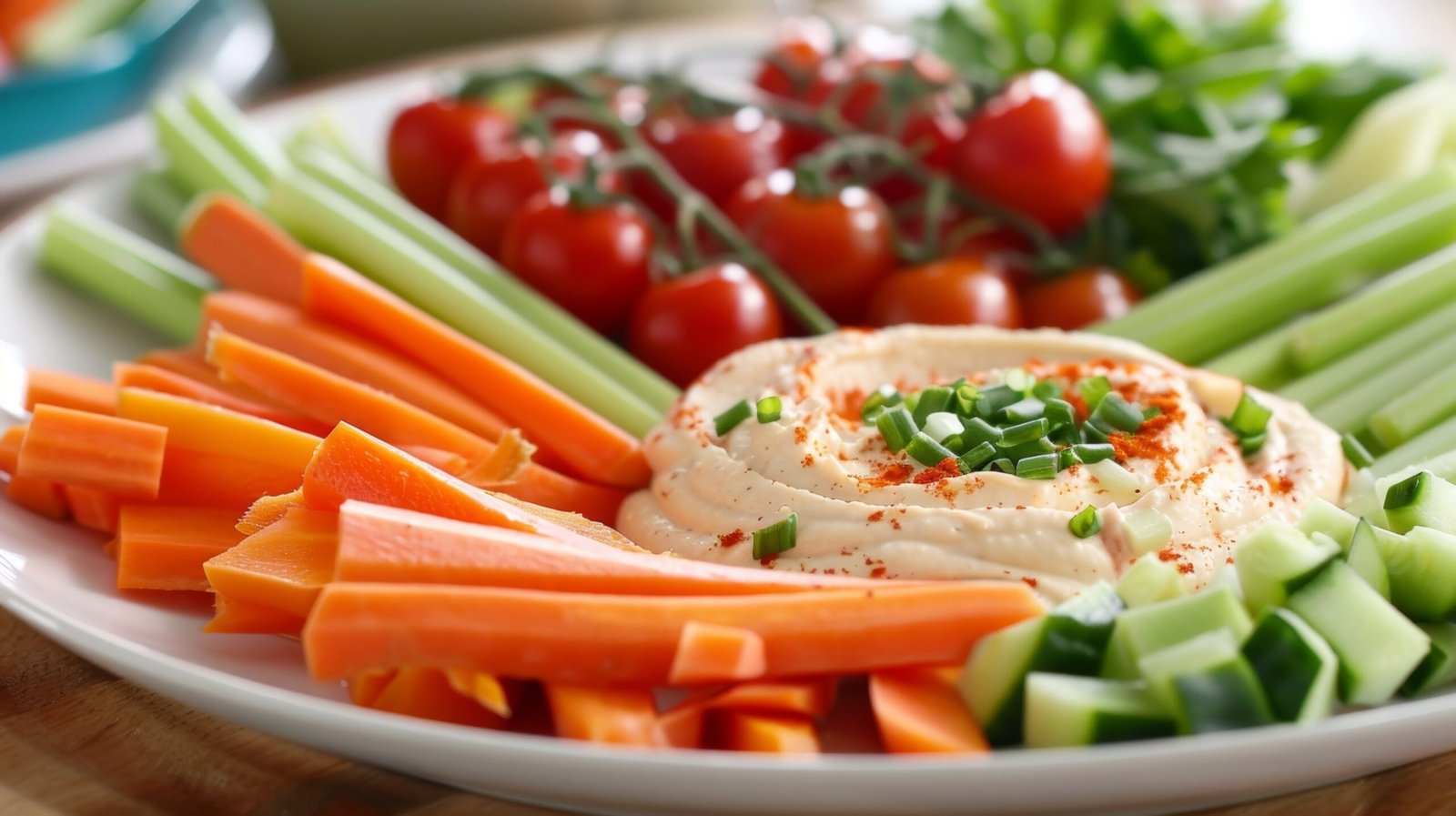
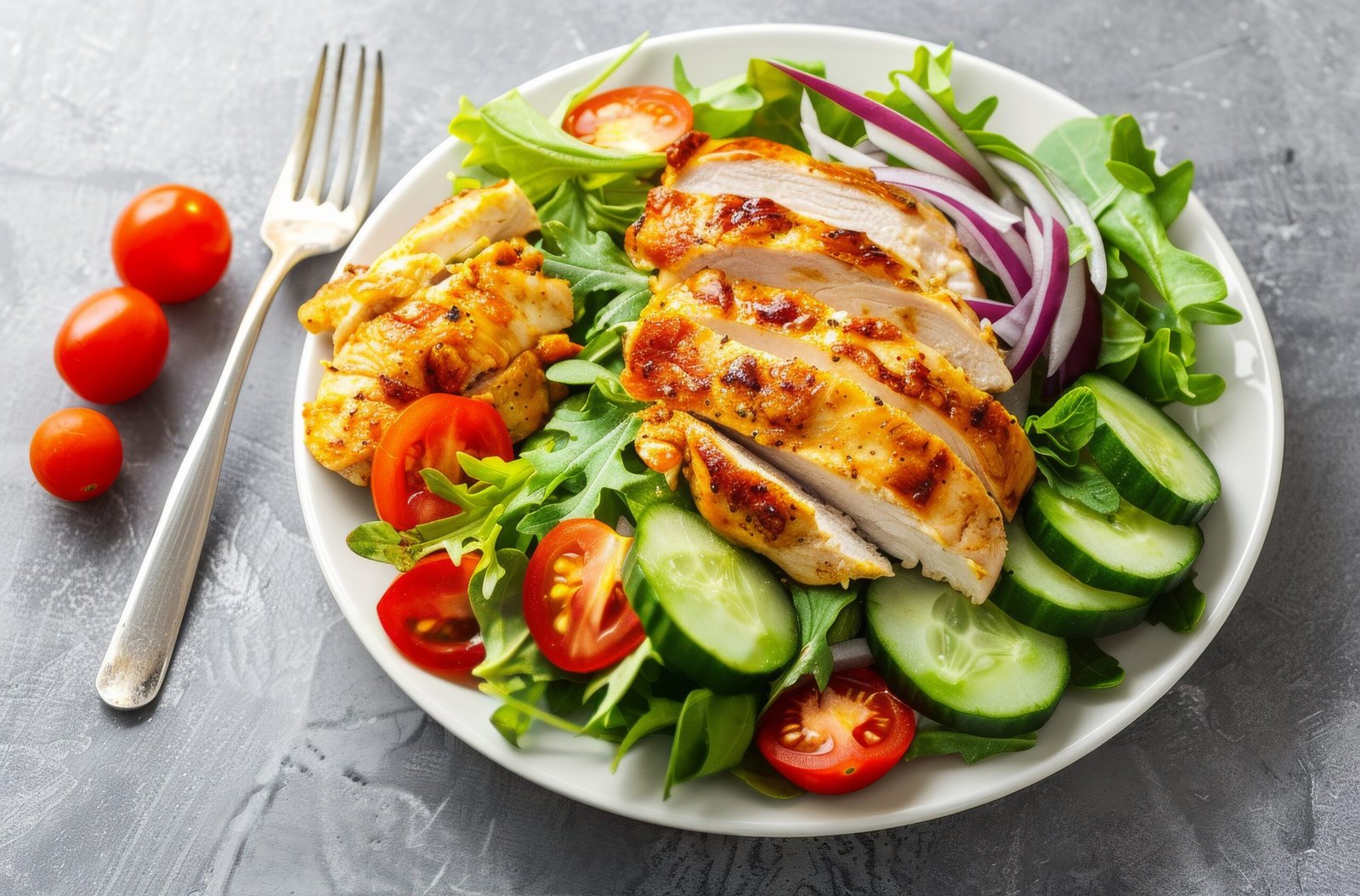
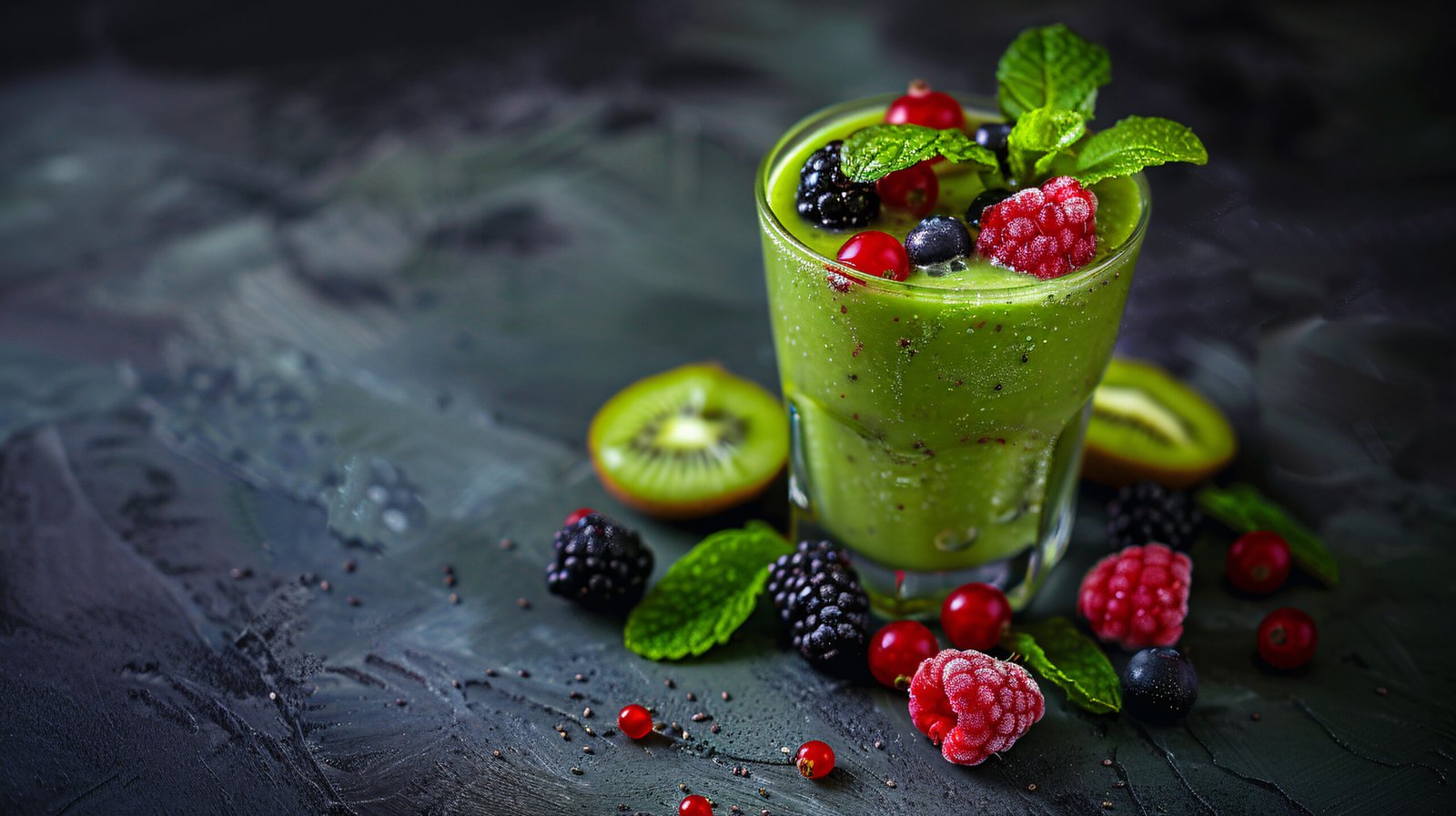





0 Comments